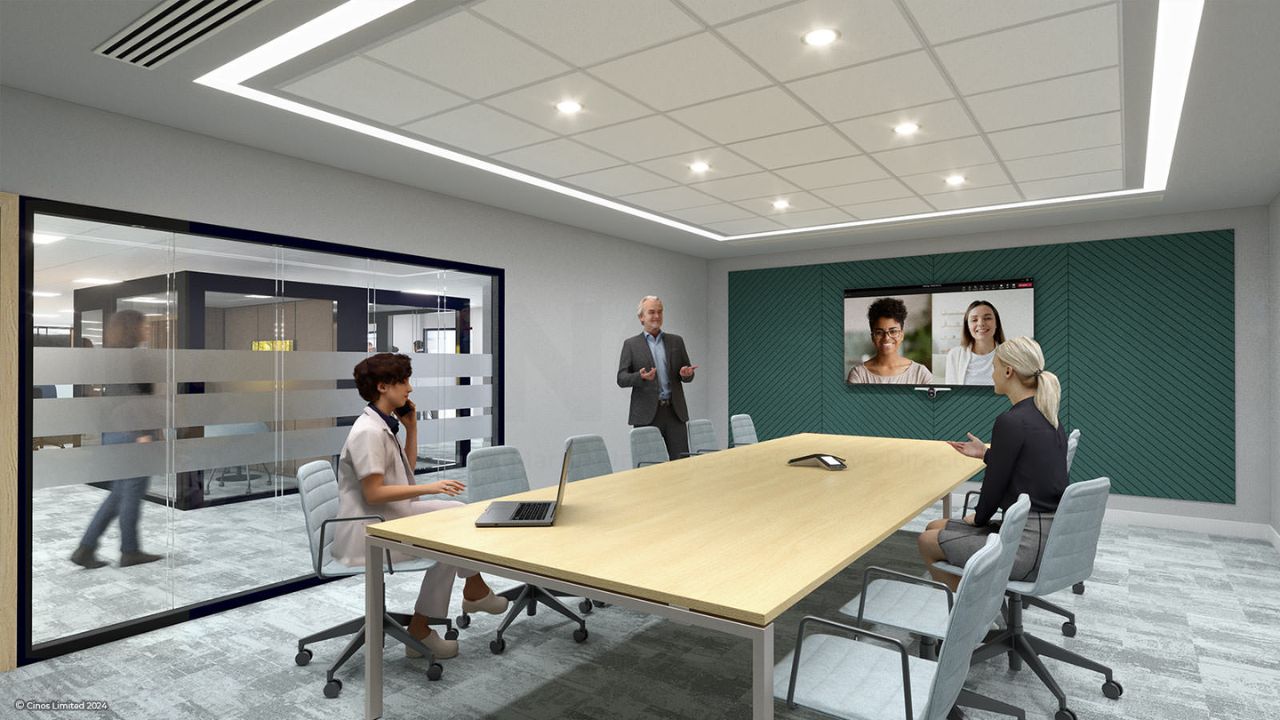In surveillance and monitoring equipment, 360-degree cameras are considered to be one of the most effective tools for various business and industrial processes. These cameras provide complete vision, reduce blind areas, and improve security and management of the facility. Due to the ability to capture a full panoramic view, 360-degree cameras from aofulife.com are gradually being implemented in commercial and industrial areas where vision and security are critical. This article describes the use and advantages of 360-degree cameras in these settings.
Security Improvement in Other Business Areas
Security should be of paramount concern for any business entity and this is where the 360-degree cameras are of great value. Old-fashioned security cameras have a restricted viewing angle which is why they have to be installed in several units to cover all the territory. On the other hand, a single 360-degree camera can cover a large area without much difficulty thus eliminating the need for more cameras and blind angles. For instance, in retail stores, these cameras can be installed in the floor area, doors, exit points, and even the storeroom. This coverage offers a way of preventing theft, controlling the customers’ behavior, and guaranteeing the safety of the employees. Furthermore, 360-degree cameras can be linked to high-level analytics solutions, which means they can have such functions as motion detection, facial recognition, and control of crowds. This makes them of immense value in issues to do with loss and in the improvement of the security framework.
Optimising System Performance in Industrial Settings
360-degree cameras are crucial in industrial areas for surveillance, safety measures, and management of procedures. They can be installed in manufacturing plants to monitor production lines, revealing problems and inefficiencies in real time. This enhances efficiency, reduces time loss, and ensures processes are in order. Additionally, these cameras can be used to observe dangerous zones in industrial complexes, ensuring safety measures are observed and any potential dangers are immediately detected and eliminated. This approach not only safeguards employees but also reduces the risk of accidents and resource loss. Overall, 360-degree cameras are essential for maintaining safety and efficiency in industrial settings.
Enabling Large-Scale Monitoring in Warehouses
In warehouses and distribution centers, areas of coverage are extensive, and hence, monitoring can be quite comprehensive. 360-degree cameras are more effective as they provide a wide angle of view that can capture the entire aisles, loading docks, and storage areas. This wide coverage is especially important for inventory tracking, employee observation, and compliance with safety measures. Besides, security and inventory management, 360-degree cameras can also be useful for the best placement of the warehouse. In this case, the managers can get to know the traffic flow and the congested areas and hence be in a position to recommend how best to organize the traffic and the storage systems. Such detailed information proves to be extremely useful in ensuring that operations run as smoothly as possible and that available space is utilized to the best effect.
Measures to Improve on Safety of Construction Projects
Construction sites are by nature complex and present numerous activities taking place at the same time. The utilization of 360-degree cameras is useful in the monitoring of such sites to guarantee compliance with safety measures and to ensure compliance with the right procedures by all personnel. In this way, project managers can get full coverage of the site and thus minimize accidents and respond to any that may occur.
Assisting Surveillance in Essential Structures
Public utility structures including power stations, water supply processing centers, and transport terminals need enhanced security systems to guard against possible incidences. These are the best to use in these environments since they offer wide-angle coverage and can be interfaced with high-security features. The wide-angle lens of these cameras makes it possible to avoid blind spots and possible attempts at gaining unauthorized access or even sabotaging the system. Apart from increasing security, 360-degree cameras can also be employed to observe the functioning of key systems in the mentioned facilities. For instance, they can be installed in a power plant to monitor control rooms, equipment, and other critical places. This helps in identifying when there is a problem with some part of the system so that the problem can be fixed before it causes a blackout or some other inconvenience.
Conclusion
The ability to capture a wide scene and the fact that 360-degree cameras can be used in almost any commercial or industrial setting are the reasons why they are so useful. These cameras come in handy in providing greater security measures in retail stores as well as increasing productivity in industrial use. With the advancement of technology in the future, the use of 360-degree cameras will rise even higher to assist businesses and industries in enhancing safety, security, and even operational effectiveness.


